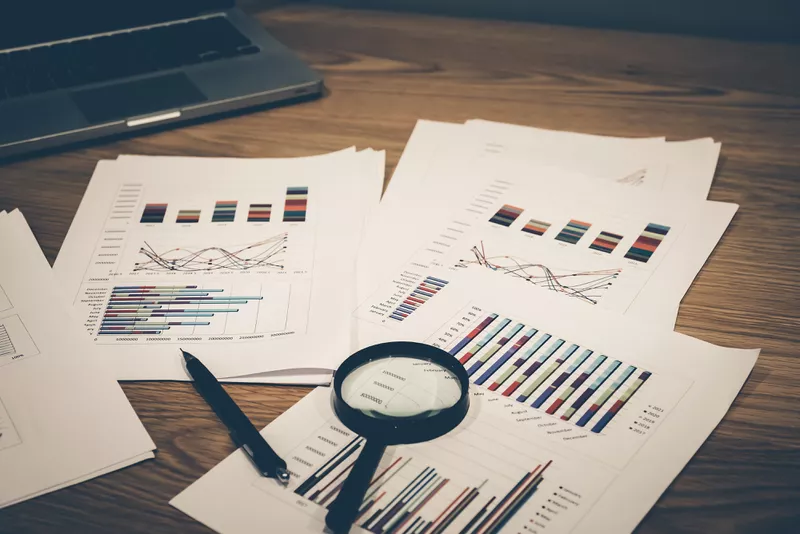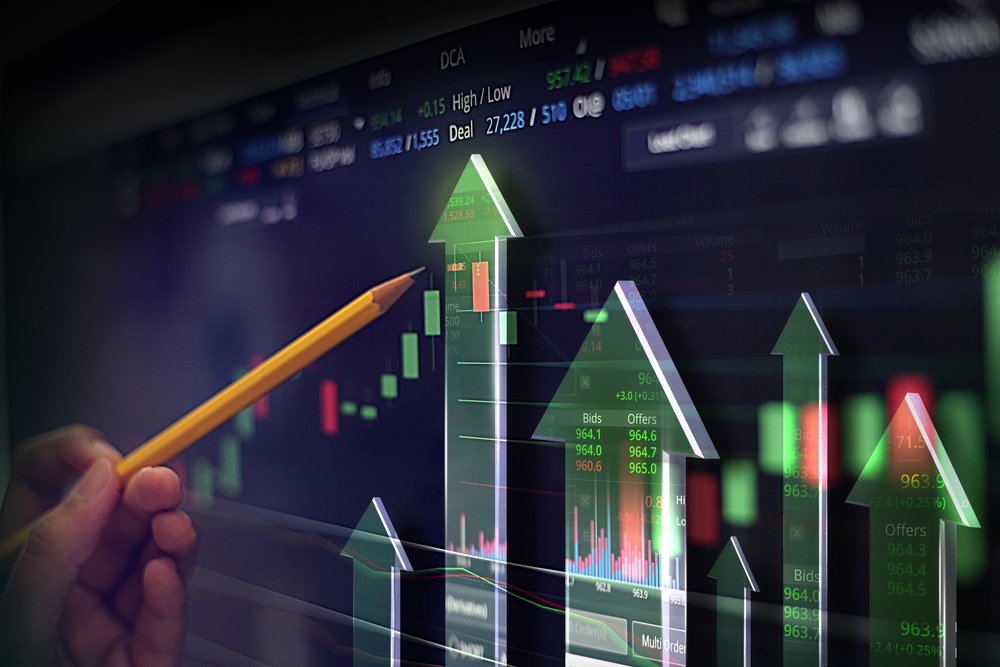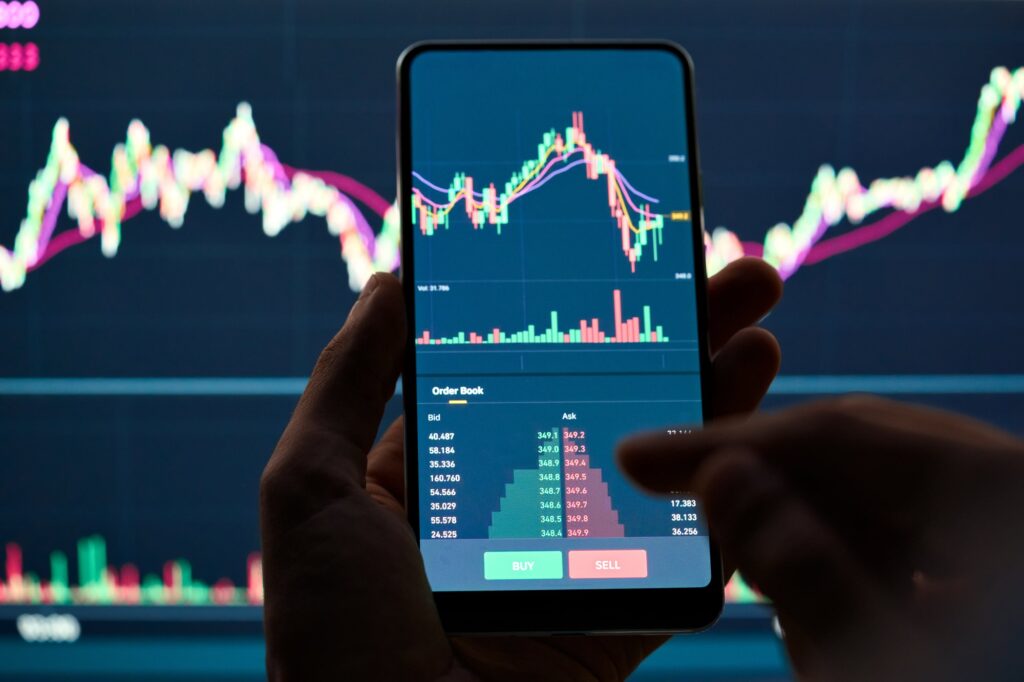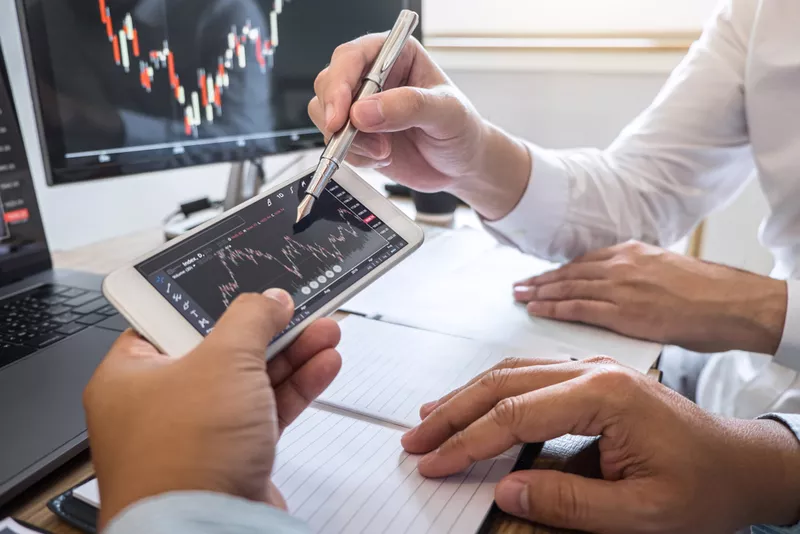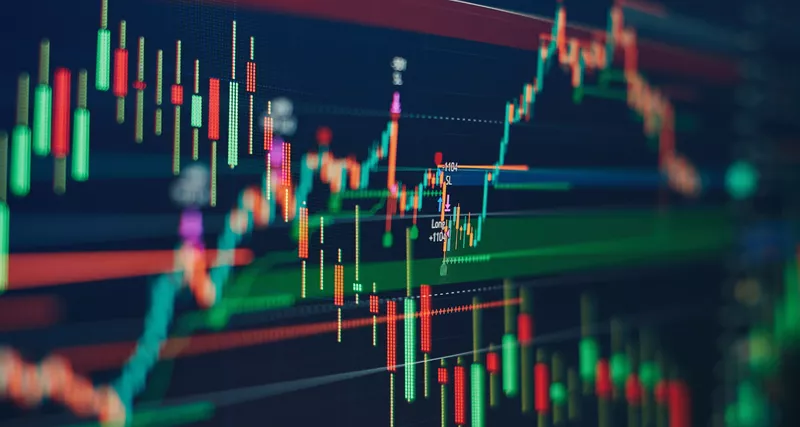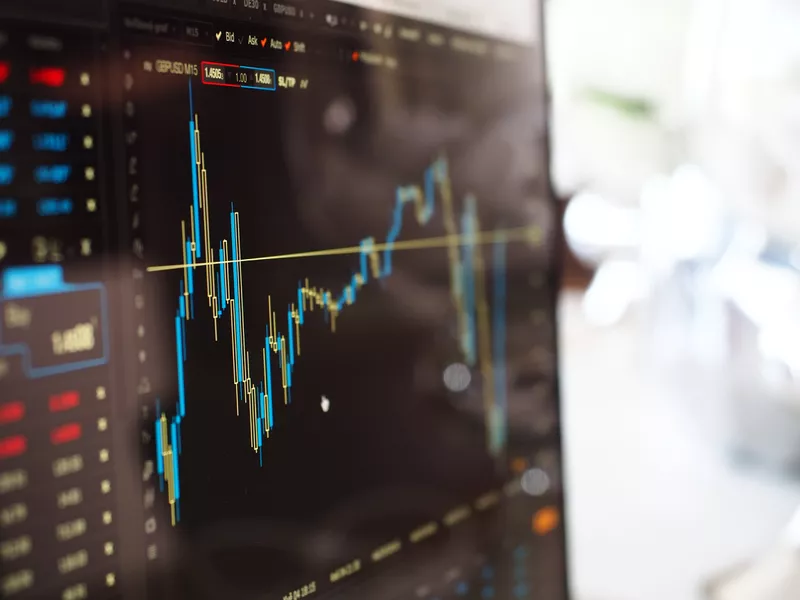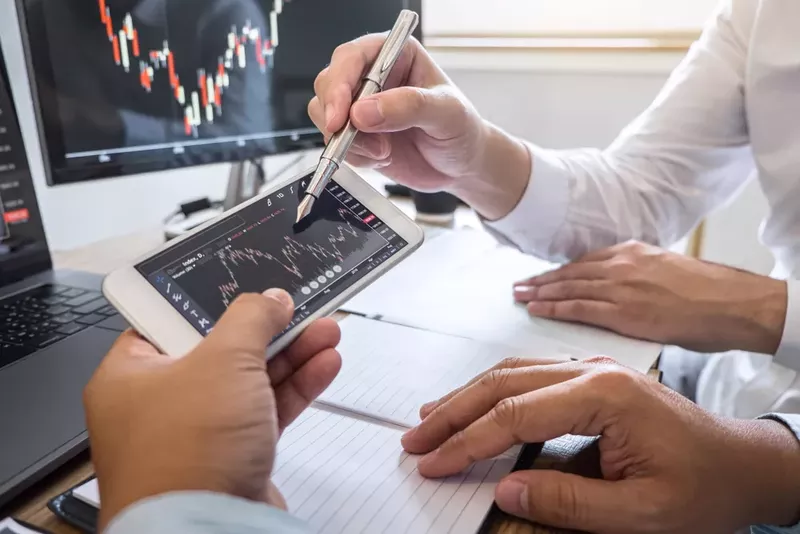To succeed in crypto or Forex trading, you need a well-rounded trading strategy. A strong strategy combines several factors, such as technical analysis, fundamental analysis, psychology, discipline, and emotional control. This gives traders a more comprehensive understanding of market dynamics so they can approach trades mindfully.
In this guide, we’ll cover fundamental analysis and why it’s a cornerstone of trading. We’ll also look at how you can incorporate the practice into your trading strategy.

What Is Fundamental Analysis in Trading?
Fundamental analysis means evaluating the underlying value of a currency. To do a compete analysis, you’ll need to consider several factors that influence a currency’s value, such as:
- The country’s monetary policies
- Budget announcements
- Interest rates and inflation
- Employment data
- Political climate, elections, and cross-border tensions
- Adverse weather events
These factors act as catalysts for a sudden jump or dip in demand. A monetary announcement in particular determines if the currency will witness a reversal or a breakout on the charts.
In crypto trading, fundamental analysis means going through the whitepaper to understand use cases and the adoption potential of a token. For instance, traders look closely at the blockchain technology, the project’s development team, partnerships, and regulatory environment.
Sentiment analysis also plays a crucial role here. Decisions by influential players, such as banks and hedge funds, can significantly impact crypto prices.
Qualitative and Quantitative Fundamental Analysis
There are two basic types of fundamental analysis: qualitative and quantitative.
A qualitative analysis looks at factors that can’t be measured or counted to see how they impact the currency’s value. Examples include major news events, industry reports, social and political events, and market sentiment. This will help you understand the currency’s long-term potential. In short, greater political and economic stability equals a stronger currency.
By contrast, quantitative analysis relies on measurable and numerical data, such as the country’s gross domestic product (GDP), inflation rates (consumer price index), employment data, and trade balances.
Overall, fundamental analysis helps you understand a currency’s intrinsic value compared to its current market price. If the intrinsic value is higher, then the asset may be undervalued. This presents a potential buying opportunity. But if the intrinsic value is lower, it may suggest an overvalued asset, signaling a possible selling opportunity.
The Importance of Fundamental Analysis in Trading
By conducting fundamental analysis, you increase your chances of a successful trade. For instance, The Funded Trader’s (TFT) top trader, Pasquale Jungwirth of Germany, has earned more than $550,000 in payouts with this strategy. He focuses highly on the fundamental aspect of trading, so he knows both where the price is going and what’s causing it to go there.
Here’s how fundamental analysis can help you boost your profits:
- Better Decision-Making: Fundamental analysis gives you a deeper understanding of what drives a currency’s value. You’ll then be able to make better and more rational trading decisions. For example, you may see a short-lived hype after an event, where traders may buy out of FOMO. But with analysis, you’ll be able to tell whether the hype is real or simply a short-term market manipulation.
- Identify Opportunities: You can uncover trading opportunities that might be overlooked by those relying only on technical analysis. Events like earnings reports, central bank policy changes, or economic data create significant momentum in the price and can present lucrative trading prospects.
- Long-Term Perspective: Fundamental analysis is especially useful if you’re doing swing trading or position trading. Once you assess long-term growth prospects, you’ll be able to identify undervalued pairs with high potential for profitability.
- Mitigates Risk: Risk management is crucial. By staying informed about economic events, geopolitical developments, and industry trends, you can anticipate potential market-moving events and adapt your strategy accordingly. You’ll also have a rational basis for setting stop-loss levels, calculating position sizing, and determining risk-reward ratios.
- Trades Diversification: Using fundamental analysis, you can diversify your portfolios effectively and reduce your risk exposure to individual currency.

Trading Strategy: How To Use Fundamental Analysis Effectively
Whether you’re trading crypto or Forex, here’s how you can gain a competitive edge with fundamental analysis:
Crypto
- Go through the whitepaper of a new project to assess the claims. This document will describe the project’s goals, use cases, technology, team, and future plans. Then, verify the claims made in the whitepaper, as some projects may exaggerate or misrepresent information.
- Look at the team behind the project and see if they’ve worked on reputable projects before.
- Are there similar projects in the same space? Go through the competition’s whitepaper to see if the new token offers unique features.
- Look at its tokenomics. This will help you understand the token’s utility and distribution and see whether the token has a clear demand.
- What’s the market capitalization, trading volume, and liquidity of this token? Market cap reflects the asset’s value, and liquidity ensures that you can buy and sell it with ease.
Forex
- Look at the macroeconomic factors for the country whose currency you chose. Is the economy booming? You can understand this by analyzing their international reserves and global debts.
- Is the country politically stable? Does it have stable international relations? A volatile political environment can lead to significant currency fluctuations.
- Create a watch list of currencies you want to trade and follow their news and economic calendars. This will give you a schedule of upcoming economic releases and events, such as employment reports or interest rate decisions.
- Combine the strategy with technical analysis to confirm your findings.
Use Fundamental Analysis To Earn Like TFT’s Top Traders
Fundamental analysis can be a complex exercise and may even seem academic. But once you grasp its basic principles, it can become a valuable tool in your trading strategy. Economic data can tell you a lot about how the currency will evolve in the long term.
A lot of traders on The Funded Trader use fundamental analysis to generate profits. Your aim as a new trader should be to first understand the fundamentals of what drives the market. This will help you become more successful.
Try one of our Challenges today to test your strategy.







